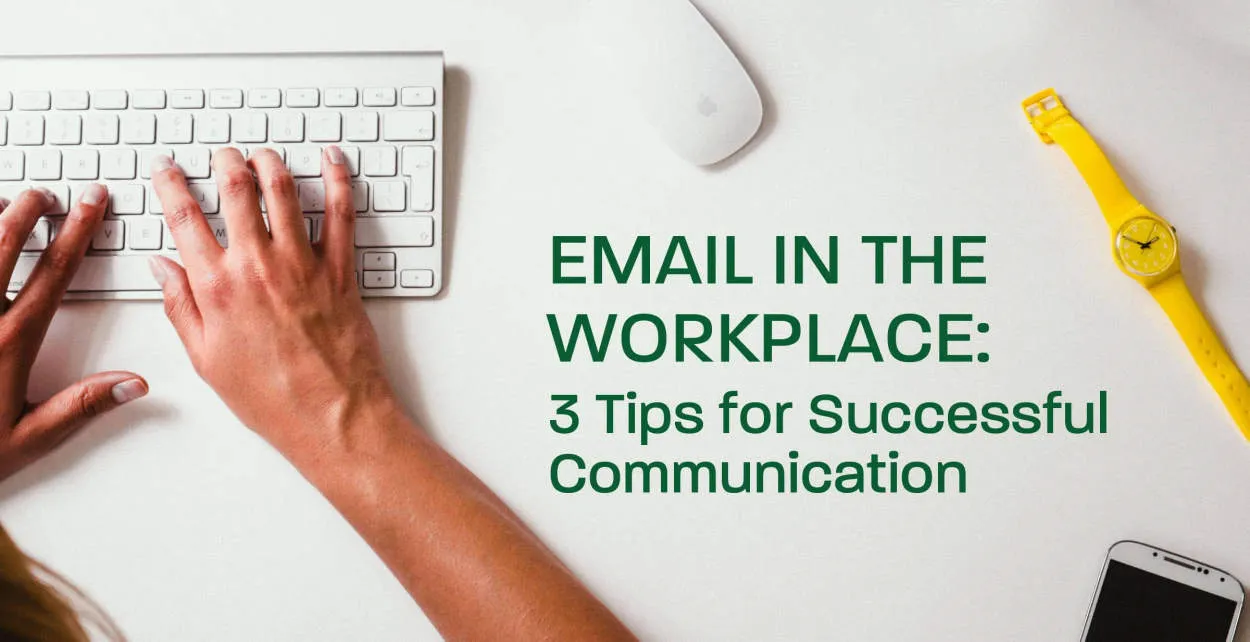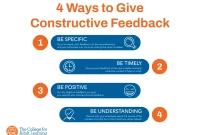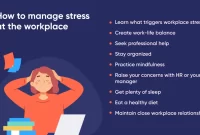In today’s digital age, email has become an integral part of workplace communication. Understanding the key principles of effective email communication is crucial for fostering clear and efficient correspondence. This article explores how to compose concise and professional emails, manage email etiquette, and optimize clarity and productivity in the workplace.
Writing Clear and Concise Email Subject Lines
Email communication plays a crucial role in the workplace, allowing for efficient and effective information exchange. However, poorly structured email subject lines can often lead to confusion and delay in response times. To ensure your email is read and responded to promptly, it is essential to craft clear and concise subject lines.
First and foremost, the subject line should accurately reflect the content of the email. It should provide a brief summary of the main point or purpose of the message. By doing so, recipients can quickly assess the relevance and priority of the email, making it more likely to receive immediate attention.
In addition to being clear, email subject lines should also be concise. Ideally, they should be no longer than a few words or a short phrase. Long subject lines often get cut off, leading to incomplete or confusing information. By keeping the subject line brief, you can ensure that it is easily visible and understood on various devices and email clients.
To enhance clarity further, it can be helpful to use specific keywords or action verbs that indicate the requested action or purpose of the email. This can help recipients understand the purpose of the message at a glance and prioritize their responses accordingly.
Lastly, when appropriate, consider using a predetermined email subject line format within your organization. This can help establish consistency and familiarity among colleagues and streamline email sorting and searching processes.
In conclusion, writing clear and concise email subject lines is a critical aspect of effective email communication in the workplace. By ensuring the subject accurately represents the content, keeping it concise, using specific keywords, and establishing a consistent format, you can increase the likelihood of your emails being read and responded to promptly.
Structuring Emails for Maximum Clarity and Readability
In today’s fast-paced work environment, effective email communication plays a crucial role in ensuring smooth and efficient collaboration. However, many professionals struggle with the clarity and readability of their emails, which can lead to misunderstandings and wasted time. To enhance your email communication skills, here are some key tips for structuring emails that are clear and easy to understand:
1. Use a Clear and Concise Subject Line
The subject line is the first thing recipients see, so it should clearly convey the purpose of your email. Be specific and avoid using vague or generic subjects. This helps recipients prioritize and search for your email when needed.
2. Start with a Greeting
Begin your email with a polite and professional greeting, addressing the recipient by name if possible. This sets a positive tone and establishes rapport right from the start.
3. Keep the Body of the Email Clear and Focused
Avoid lengthy paragraphs and chunky blocks of text. Instead, break your email into shorter paragraphs to improve readability. Each paragraph should address a single point or topic for better comprehension.
4. Use Bullet Points or Numbered Lists
When presenting multiple items, ideas, or instructions, consider using bullet points or numbered lists. These formats help organize information and make it easier for recipients to scan and grasp the main points quickly.
5. Use Clear and Simple Language
Avoid jargon, acronyms, and complex language that may confuse or alienate recipients. Opt for clear and simple language that is easy to understand. If necessary, provide explanations or definitions to ensure clarity.
6. Be Mindful of Tone and Politeness
Choose a polite and professional tone throughout your email. Be mindful of the impact your words may have on the recipient. Keep your language positive, respectful, and neutral to avoid misunderstandings or unnecessary conflicts.
7. Use Formatting to Enhance Readability
Utilize formatting options such as bold, italics, underlining, and bullet points to emphasize important information. However, use them sparingly and consistently to avoid visual clutter.
8. End with a Clear Call-to-Action
Clearly state what action or response you expect from the recipient. Make it explicit and provide any necessary deadlines or additional instructions. This ensures that your email prompts the desired outcome.
By implementing these strategies, you can structure your emails in a way that maximizes clarity and readability, leading to better understanding and more effective communication in the workplace.
Managing Email Etiquette and Professionalism
In today’s modern workplace, effective email communication is crucial for maintaining professionalism and productivity. Understanding email etiquette can help ensure that your messages are clear, concise, and respectful. Here are some key tips for managing email etiquette and professionalism:
-
Use a professional email address:
When communicating with colleagues or clients, it’s important to use an email address that reflects your professionalism. Avoid using unprofessional or personal email addresses.
-
Compose clear and concise subject lines:
The subject line should accurately summarize the content of the email and grab the recipient’s attention. Keep it brief and avoid using vague or misleading subject lines.
-
Keep your emails brief and to the point:
Busy professionals appreciate emails that get straight to the purpose. Be concise in your writing, use bullet points or numbered lists when appropriate, and avoid unnecessary information or lengthy paragraphs.
-
Use a professional tone:
Maintain a polite and respectful tone in all your emails. Avoid using slang, jargon, or overly casual language. Remember to always use appropriate greetings and sign-offs.
-
Reply in a timely manner:
Responding promptly to emails shows professionalism and respect for others’ time. Aim to reply within a reasonable time frame, even if it’s just to acknowledge receipt of the email and provide an estimated response time.
-
Double-check for errors:
Before hitting the send button, take a moment to proofread your email. Pay attention to grammar, spelling, and punctuation to ensure your message is free from errors and conveys professionalism.
-
Be mindful of confidentiality:
Always consider the sensitivity of the information you’re sharing via email. Exercise caution when discussing confidential or personal matters, and be sure to use appropriate security measures if required.
In conclusion, mastering email etiquette and professionalism is essential in the workplace. By following these guidelines, you can enhance your communication skills, build stronger professional relationships, and ensure your email messages are effective.
Conclusion
In conclusion, effective email communication is crucial in the workplace for fostering clear and efficient communication, promoting collaboration, and avoiding misunderstandings. By utilizing proper email etiquette, being concise and precise in messages, using appropriate tone and language, and organizing emails effectively, professionals can ensure successful and impactful exchanges. It is essential to prioritize the quality of email communication to improve productivity and maintain positive working relationships in the modern workplace.




